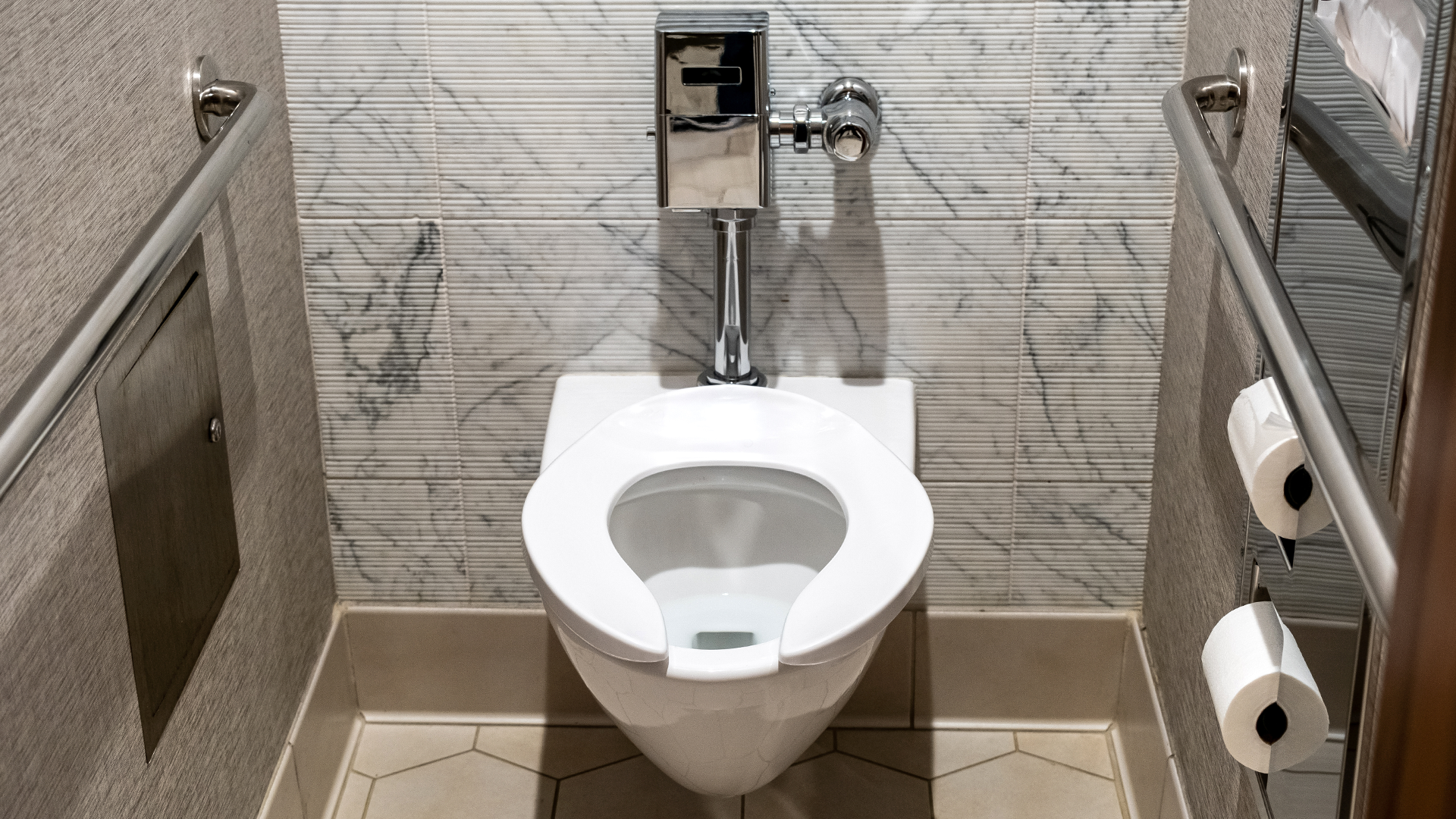As a plumbing service technician for over 20 years, I have seen Low-Flow Toilets become popular in recent years. Most people hold two common assumptions oriented around low flow toilets, including:
- They’re eco-conscious
- They make it more difficult to flush
The truth is, there are a few factors that business owners should consider when it comes to low-flow toilets. First, as the name suggests, these toilets use way less water than a traditional high-flow toilet, an obvious benefit. The EPA has even concluded that switching to low-flow toilets can save you hundreds of dollars each year. And let’s not forget that using less water is an excellent option for an environmentally friendly bathroom and an attractive option for going green.
The most apparent disadvantage of low-flow toilets is that they aren’t quite as effective as traditional toilet models when flushing away waste, primarily because of their overall water-saving purposes. In addition, the low water volume can lead to problems like clogging and foul odors. Another concern that business owners should keep in mind is that low-flow toilet installations can sometimes be tricky when trying to implement them into your existing plumbing systems, which is mainly dependent upon the age of your property. The waste piping in older buildings was not installed with the proper fall or pitch to support these fixtures, which unfortunately causes more clogs. In addition, these older properties have galvanized steel or cast iron drain pipes that, over time, become corroded and rusty. And if an older property upgrades to low-flow toilets, there is often not enough water to keep waste moving through the pipes.
I’ve seen many customers endure numerous service calls before concluding that the water savings from the low-flow toilets cost more. Of course, we all agree that we should be responsible and environmentally friendly. However, having to flush three or four times for one sitting, buying multiple plungers, using cheap toilet paper, and even utilizing professional jetting services is not worth the water savings of installing low-flow toilets.
The bottom line is that building owners should keep these things in mind when installing low-flow toilets in their facilities as it could be more expensive in the long run.



